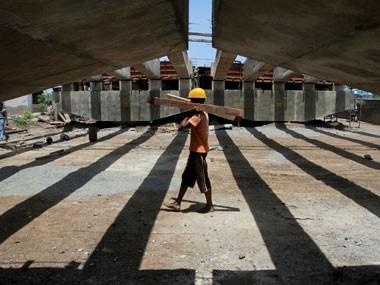
India's disappointing human development status is well known. It is a virtual tailender among the newly emerging BRICS economies – Brazil, Russia, India, China and South Africa – which are expected to become the engine of global economic growth as the developed countries slow down.
What is more serious is India's status in its region. Not only is it well behind the long-term regional leader in development, Sri Lanka, it is also behind Bangladesh and Pakistan in some key indicators.
What is also most serious is that this falling behind has happened in the last two decades when its ability to achieve rapid economic growth by following liberal economic policies made the rest of the world sit up and take notice.
...
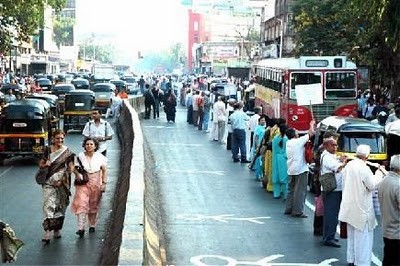
First, the current status. According to the latest Human Development Report (2011), India's human development ranking lies at the bottom of the BRICS list and behind Sri Lanka, just ahead of Pakistan and Bangladesh.
On a range of indicators – life expectancy, adult literacy, under-five mortality, mean years of schooling, total fertility rate and per capita income – it is either third or second to last in this category.
South Africa falls to the bottom in life expectancy and maternal mortality, Pakistan in under-five mortality and Bangladesh in maternal mortality. Pakistan is ahead of India in mean years of schooling and ties with India for the second-lowest place in life expectancy.
...
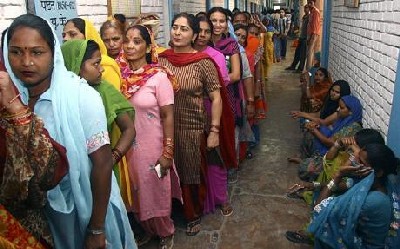
Now let us look at the progress made in the last two decades. Bangladesh tops the chart in average growth in its human development index score in the period 1990-2011. India does well by coming third, behind China, which is in the second place.
South Africa comes last. Brazil and Sri Lanka fare modestly, indicating those already ahead in human development progressed more slowly than those at the bottom who did some fast catching up. (Russia's earlier status as part of the USSR makes comparison difficult.)
In income, India has fared the best: its per capita GDP in purchasing power parity terms has risen nearly four times, from $870 in 1988 to $3,468 GNI per capita in 2011, in 2005 dollars.
The next best performance is that of Pakistan, up 3.2 times, followed by China, up three times. Brazil and Bangladesh are behind with growth of 2.1 times. If we juxtapose these against income inequality (measured through the Gini coefficient) we find that income distribution is the least unequal in Bangladesh, followed by Pakistan, India, Sri Lanka and China, in that order. Highly unequal distribution prevails in Russia, followed by South Africa at the bottom.
...
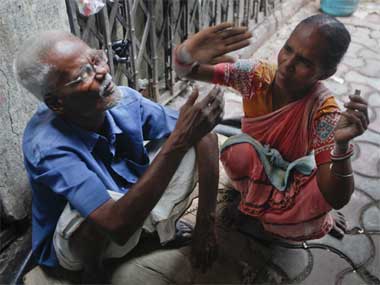
In life expectancy, Bangladesh improved the most during the period, by 17.1 years to reach 68.9, thus overtaking India which was ahead at 59 years in 1990 but is at 65.4 now.
Brazil, which added 7.9 years, bettered India, which added 6.3 years. In comparison, China did poorly by adding 3.4 years, pipped by Sri Lanka, which added four years. In under-five mortality, Brazil made the maximum progress by cutting its rate by 75 per cent and Bangladesh did almost as well by reducing it by 72 per cent.
Sri Lanka came next by improving its score by 58 per cent. China followed by achieving a 56 per cent cut, and India came fifth by reducing its rate by 45.5 per cent. Bangladesh once again overtook India from being behind by 39 (more) deaths per thousand live births to emerging ahead by 14 deaths less.
...
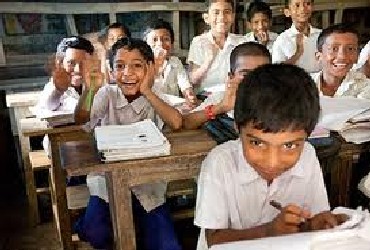
In maternal mortality, the picture is mixed. Among the countries that are in a different, higher league, Brazil leads in improvement, reducing its count by 62 (per hundred thousand live births), compared to the eighties, whereas China and Sri Lanka lead in current status with scores of 38 and 39, respectively.
But Sri Lanka has done far better in improvement than China, cutting its death count by 21, compared to China's 6. India, Pakistan and Bangladesh form a cluster far below the others, with India leading in current status but way behind the two in improvement.
In improving performance in mean years of schooling, Brazil leads our pack by adding 3.9 years to reach 7.2 in 2011 from 3.3 years in 1980.
Pakistan and Bangladesh have also added more years than India (3.2 and 2.8 years, respectively) so that again we see the phenomenon of two countries overtaking India's 4.4 years, to reach 4.9 years and 4.8 years, respectively.
...

So in the last two decades or so, Brazil has put up a stellar performance, making up for Latin America's lost decade of the eighties. Bangladesh has done a great job of catching up and bettering India on several indicators while having lower income levels.
Despite its internal turmoil, Pakistan has done a better job of catching up on some indicators despite falling behind in income growth. Sri Lanka and China, both with high bases, have performed somewhat differently.
The former has done better than China, whose improvement in indicators has slowed down despite a far higher rise in income. All the countries in our league have followed liberal economic policies, with which India aligned itself slowly through the eighties and earnestly from 1991 onwards.
...

These liberal policies have produced unparalleled economic growth but if we look at India versus Bangladesh and China versus Sri Lanka, then we find that high income growth is not an absolute must in improving development indicators.
You can make do with more modest growth if inequality is also low. So, while liberal policies produce high growth in income and tax revenues, lower income inequality gives an additional push towards the betterment of human lives.
Transfers to the poor, enabled by buoyant tax revenues, to reduce inequality is the best possible scenario. The employment guarantee programme in India has tried to do this but if income and tax revenue growth slow down, as is happening now, the future shape of transfers will become uncertain.